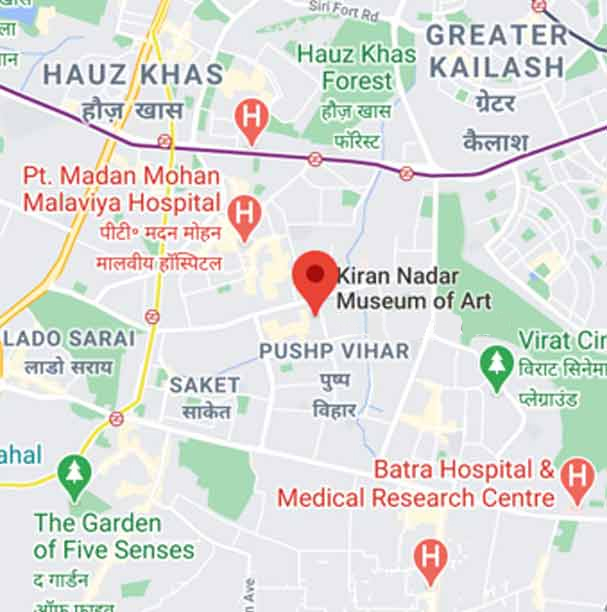- Home
- Amruta Kalasha Thanjavur and other South Indian Paintings
Exhibitions
.jpg)
Amruta Kalasha Thanjavur and other South Indian Paintings
14 November 2017 - 15 December 2017
Conceptualized by Roobina Karode
KNMA, Saket, Delhi
The month-long special exhibition ‘Amruta kalasha’ brings to public viewing for the first time a rare collection of 19th and early 20th century paintings from Thanjavur, Mysore, Andhra, and Kerala. Acquired gradually with discernment over a period of five decades by architect and town planner Kuldip Singh, this extraordinary collection of 200 paintings celebrates his passion and deep engagement which started alongside his work trips to South India in 1973. The rich tradition and content of these paintings introduce an exciting bind of rituals, mythologies, iconographies, connecting the deities, devotees and the donors, within the architectural setting of temples and other sites.
Kuldip Singh further explains the nuances of the paintings from his collection, ‘Thanjavur painting encompass Hinduism’s three sacred entities in a single graphic frame viz. the sthala, the place where the deity manifests itself to the devotees, the temple precinct, i.e. the architectural complex of sacred shrines linked by parikaramas and the dhruva bhera, the immovable image, i.e. the deity enshrined in the garbha griha. The notion of sthala, place, is fundamental to the concept of Bharat, India, as a sacred geographic entity. The concept implies an imagined cultural landscape of rivers, mountains, forests, seashores and lakes where mythic persona are believed to have either manifested themselves or performed historic miracles. These locations known as Sthals are by popular usage now unified by a network of functional routes. The temple shikhara is an object of worship as it shelters the divine murti, while the murti itself embodies the attributes/potentialities of an all-pervasive, all-powerful god. Thus, inspired by the myths connected with the sthala, the temple and the deity enshrined within, the Thanjavur artist aspires to transmute their inner meanings into a composite whole.’
Other Exhibitions

visions of interiority: interrogating the male body - A RETROSPECTIVE (1963-2013)
14 October 2014 - 1 March 2015

You can’t Keep Acid in a Paper Bag - A RETROSPECTIVE (1969 - 2014) in three chapters
26 September 2014 - 21 December 2014

A view to infinity - A Retrospective (1937-1990) Part of Difficult Loves
31 January 2013 - 8 December 2013

the dark loam: between memory and membrane - A RETROSPECTIVE (1930-2016)
24 August 2016 - 20 December 2016

The euphoria of being Himmat Shah A continuing journey across six decades
30 October 2017 - 15 December 2017

VIVAN SUNDARAM, A RETROSPECTIVE: FIFTY YEARS STEP INSIDE AND YOU ARE NO LONGER A STRANGER
9 February 2018 - 20 July 2018

Envisioning Asia, Gandhi and Mao in the photographs of Walter Bosshard
1 October 2018 - 31 October 2018

Kiran Nadar Museum of Art presents इस घट अंतर बाग-बगीचे | Haku Shah 1934-2019 Within this earthen vessel are bowers and groves
10 December 2019 - 8 January 2020

Right to laziness... no, strike that! Sidewalking with the man saying sorry
30 January 2020 - 10 April 2021

Line, beats and shadows – Ayesha Sultana, Prabhavathi Meppayil, Lala Rukh and Sumakshi Singh
30 January 2020 - 10 April 2021

Delhi Modern: The Architecture of Independent India seen through the eyes of Madan Mahatta
13 February 2020 - 28 February 2020

Around The Table : Conversations about Milestones, Memories, Mappings
5 November 2022 - 22 December 2022

Prussian Blue: A Serendipitous Colour that Altered the Trajectory of Art
19 September 2023 - 20 December 2023












_0.jpg)
































.jpg)
























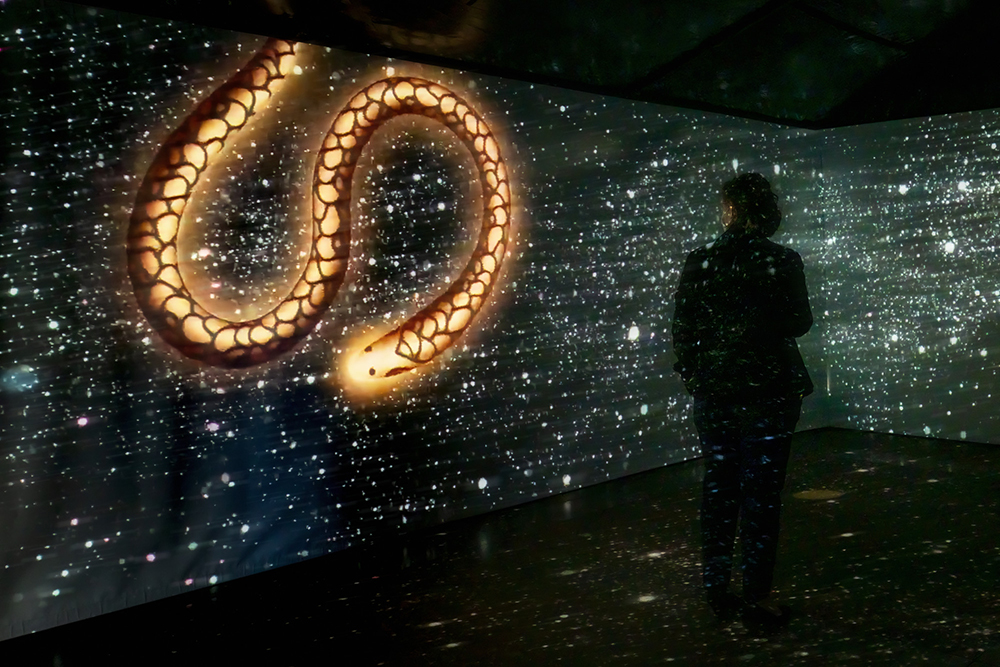
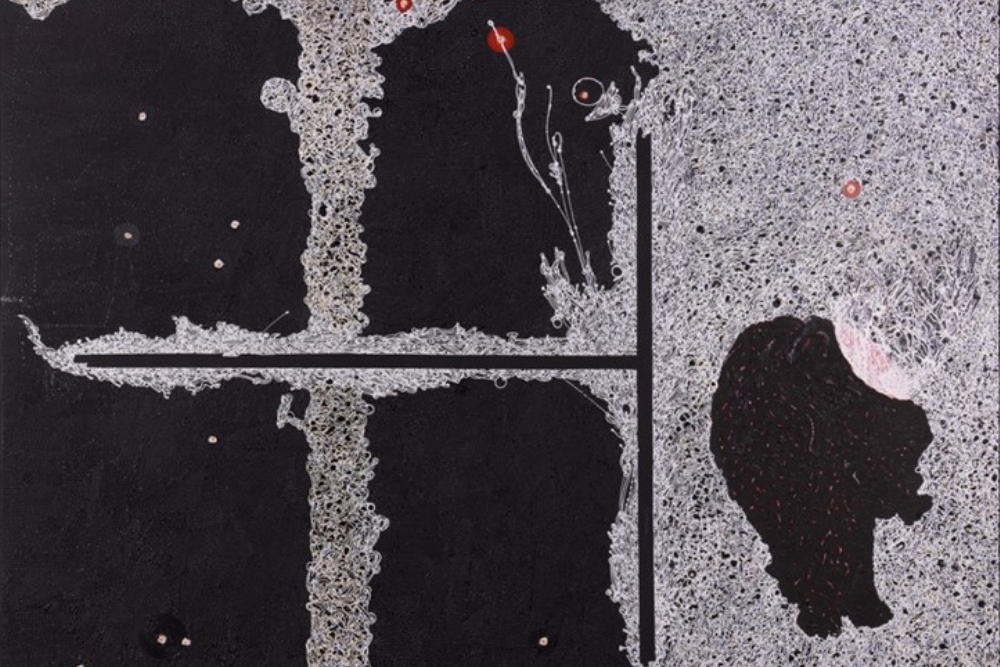
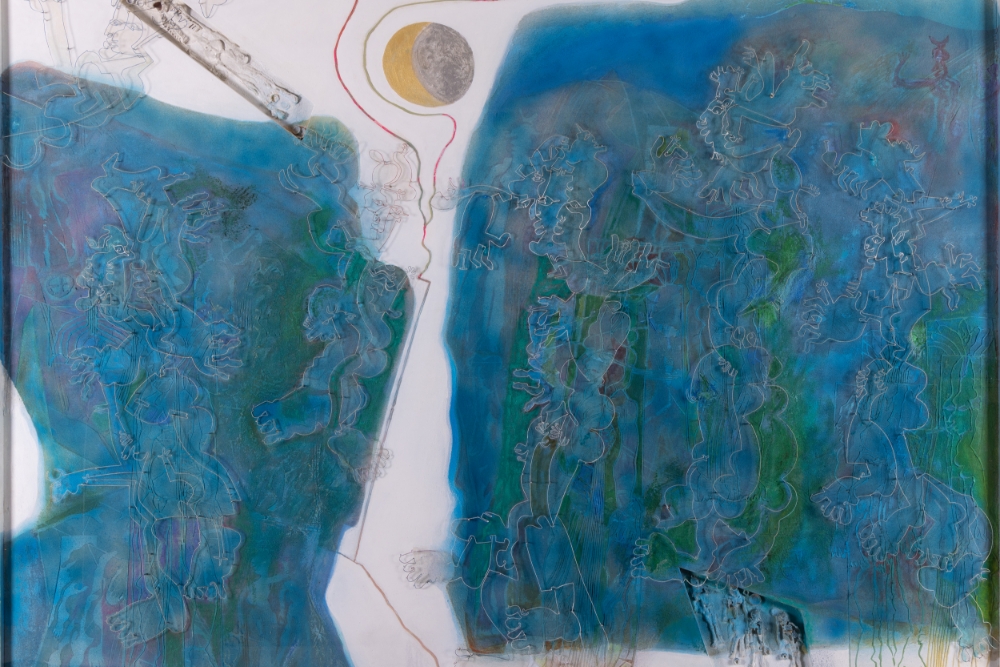
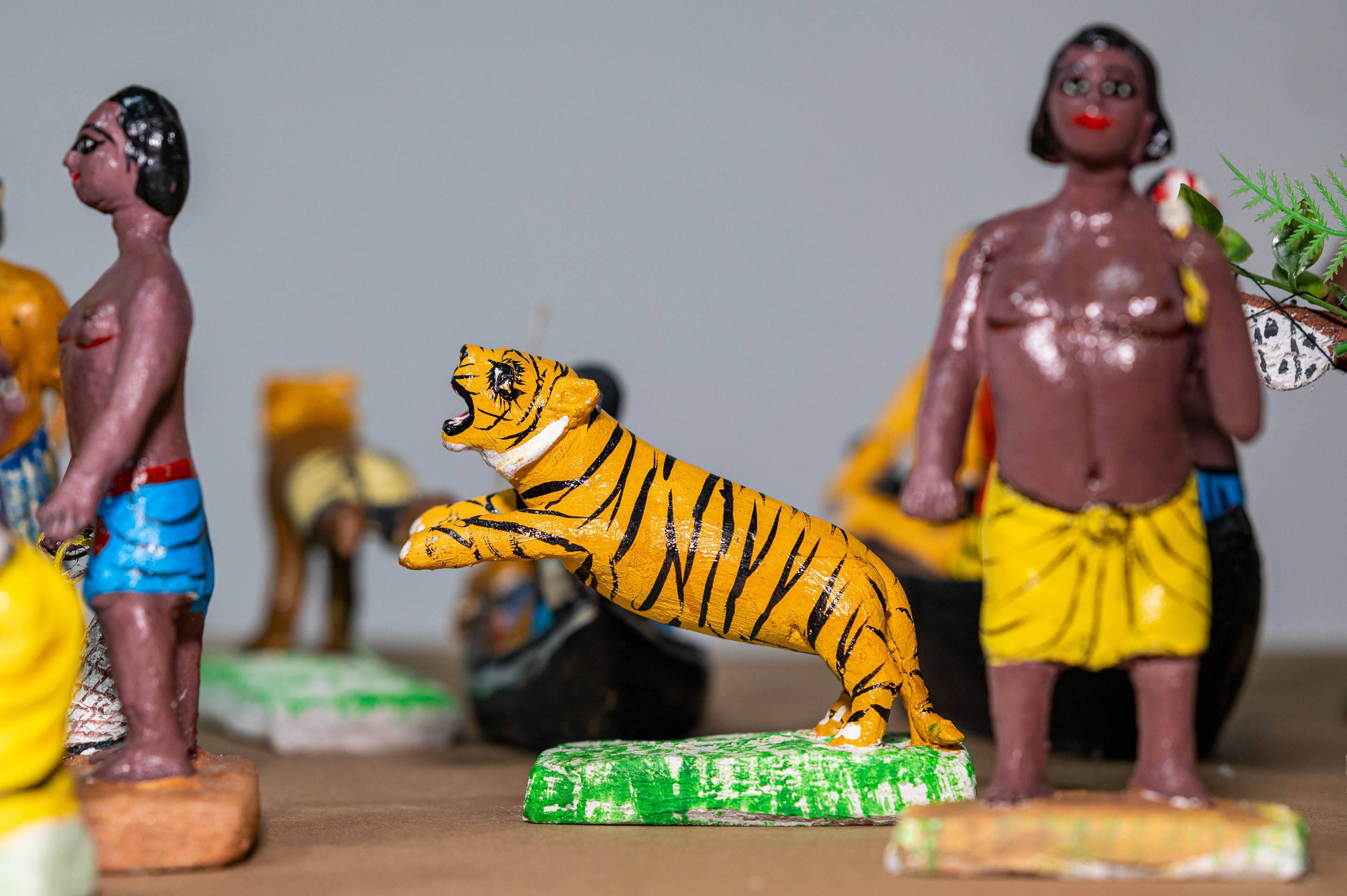

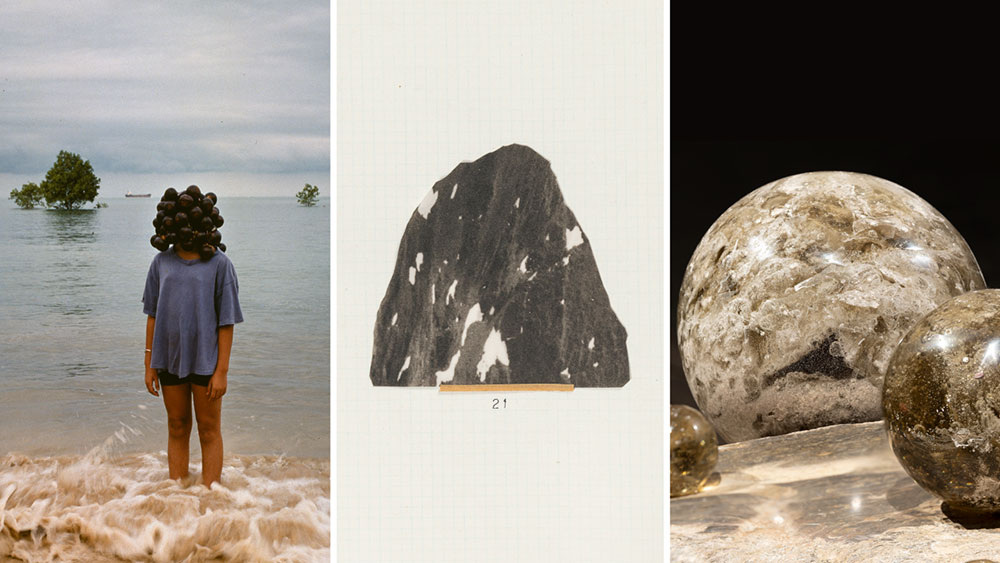

.png)

